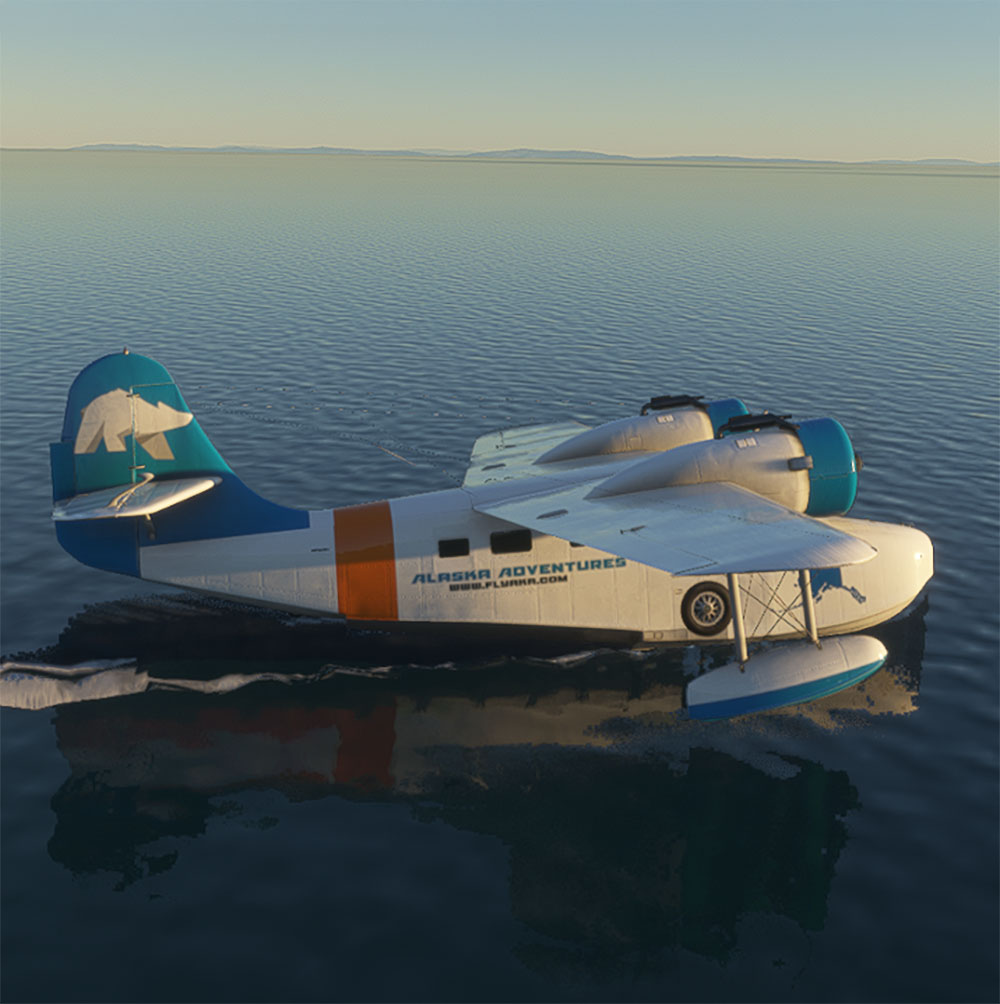Cessna O-1 Bird Dog

Aircraft Description
The Cessna O-1 Bird Dog is a liaison and observation aircraft that first flew on December 14, 1949, and entered service in 1950 as the L-19 in the Korean War. It went to serve in many branches of the U.S. Armed Forces, was not retired until the 1970s in a number of variants, and also served in the Vietnam War. It was also called the OE-1 and OE-2 in Navy service, flying with the Marine Corps, and in the 1960s it was re-designated the O-1. It remains a civilian-flown warbird aircraft, and there are examples in aviation museums. It was the first all-metal fixed-wing aircraft ordered for and by the United States Army following the Army Air Forces' separation from it in 1947. The Bird Dog had a lengthy career in the U.S. military as well as in other countries, with over 3400 produced.
It was further developed into a turboprop-powered version in the 1970s, the SIAI-Marchetti SM.1019. An experimental variant was the Cessna 308, a one-off to explore the possibility of a 4-person liaison version.
The U.S. Army was searching for an aircraft that could fly over enemy locations to collect information related to artillery fire target locations and distances, as well as perform liaison duties, and preferably be constructed of all metal, as the fabric-covered liaison aircraft used during World War II (primarily Stinson and Piper products) had short service lives. After the specification for a two-seat liaison and observation monoplane was issued, the Cessna Aircraft Company submitted the Cessna Model 305A, a development of the Cessna 170. The Cessna 305A was a single-engine, lightweight, strut-braced, high-wing monoplane with a tailwheel landing gear.
The greatest difference from the Cessna 170 was that the 305A had only two seats in tandem configuration (the largest tandem-seat aircraft Cessna ever produced), with angled side windows to improve ground observation. Other differences included a redesigned rear fuselage, providing a view directly to the rear (a feature later dubbed "Omni-View", carried over to Cessna single-engine aircraft after 1964), and transparent panels in the wings' center-section over the cockpit (similar to those found on the Cessna 140 and the later Cessna 150 Aerobat model), which allowed the pilot to look directly overhead. A wider door was fitted to allow a stretcher to be loaded.
The Army held a competition in April 1950 for the contract, with contenders from Cessna, Piper, Taylorcraft, and Temco. Cessna's entry was selected for service.




